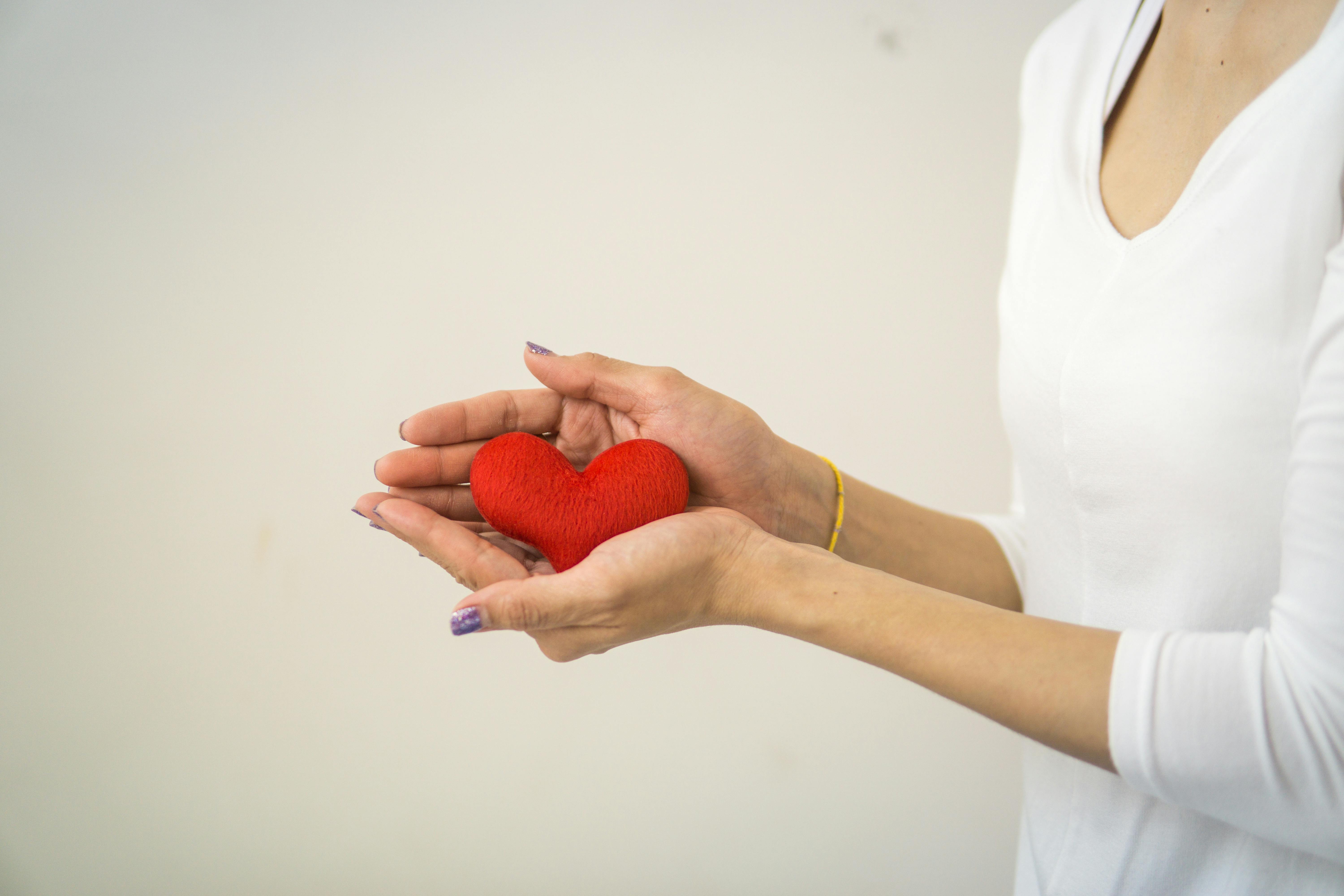The shimmering gloss of alcoholic beverage advertisements, the fizz of champagne opened by a victorious sportsman, the foam that bursts forth
from the beer bottle in the hands of a macho hero – they all add a touch of style and sophistication to the booze. Freedom. Funny.
Camaraderie. Social bonding. These are the enduring symbols of alcohol etched in our minds. We drink when we are happy and
then we also drink to forget the pain.
Ask a teenager: for him, alcohol is a symbol of liberation, a sign of rebellion, a release from control, frustration and
distressing
A couple of years later, what remains the enduring symbol of alcohol for most people is the loss of self-esteem and health.
And destruction – of oneself and of the family.
Many people start out as occasional party drinkers, certain that they would stop the moment they feel like they are getting off.
command Some of them can stop; but for some, things can go wrong. That’s because some people are more susceptible to
alcohol abuse than others. Researchers differ in their opinions as to why this is so. Is it genetic, psychological or pathological?
Or a mix of all three, with a dash of ambiance to spice it up?
When Poornima joined her friends for a weekend party at a local pub, she accepted the Bloody Mary that her friends
she offered, because she didn’t want to be prudish and say “Oh, sorry, I’m drinking mineral water!” As the diffuse heat melted her
inhibitions, he became more accepting, slowly replacing the Bloody Mary with gin and Peachschnappe. when she got sober
The next day, he began to look forward to the next weekend, to be free again.
Over the next two years, Poornima developed both a physical and psychological dependence on alcohol. her body began
‘tolerate’ alcohol and required more alcohol to get the desired effect. Alcohol became so central to his thoughts, emotions, and activities that she couldn’t control the urge to drink; she was psychologically hooked on the bottle.
As Poornima recalls her journey from energetic friends to sanitized hospitals and spiritual advisers, she says that despite the warnings she received at work and at home, she couldn’t stop. She was fired from her office; but she kept drinking, stealing money from home to pay the bills. When she couldn’t steal, she lied, pleaded, and justified her obsession with emotional accounts of frustration. Slowly, she began to turn violent and was horrified herself when she banged her mother’s head against the wall. That incident broke her ‘strong’ denial of her problem and she finally agreed to go with her parents to visit the addiction elimination center at Bangalore NIMHANS hospital.
After a month’s detox treatment of “withdrawal symptoms” such as insomnia, nausea, anxiety, nervousness
and tremors and several months of counseling finally traced his painful steps back to sobriety.
Dr. Pratima Murthy, an associate professor at the NIMHANS death addiction center, says that adolescents and women are at greater risk than men. Since women’s bodies contain less water than men’s and retain a higher concentration of alcohol in their blood, complications take less time to develop among women. Dr. Pratima warns women that alcohol can affect the growth of the fetus during pregnancy.
What happens when you drink alcohol?
Alcohol produces certain toxins in the body and the body tries to protect itself by producing enzymes to metabolize and eliminate them. Your kidneys and liver require water to dilute and process toxins. While you drink alcoholic beverages, your body is actually losing fluids. Alcohol acts as a diuretic, which means that it increases the release of urine from the body. If water and fluids are not readily available to assist in this detoxification process, the body will redistribute whatever water is available. All parts of the body are affected by this redistribution of fluids, including the brain. That’s why your head hurts!!
By losing more fluid than normal, you are also losing important vitamins and nutrients. Lack of quality sleep contributes to
the general moodiness and fatigue you feel as part of a hangover. When you fall asleep, or pass out, after an episode of heavy drinking, the high levels of alcohol in your system drug the brain and prevent it from performing some of its routine tasks, such as monitoring your sleep pattern. You are unable to enter the important stage of REM (Rapid Eye Movement) sleep, which is a critical element for a good night’s sleep. The next day, you may feel tired and listless due to lack of adequate rest.
Daily alcohol consumption is associated with a wide range of medical complications. Liver damage that later results in
liver cirrhosis; stomach irritation; High blood pressure; nutritional deficiencies; memory loss and others
effects on the brain; tingling numbness of the legs and hand due to nerve damage are some of the long-term effects of alcohol
abuse.
Addiction: the brain pickled in alcohol?
Not all people react similarly to alcohol. Some alcoholics report that they exhibited alcoholic tendencies from the time of
first intoxication, while most people can drink socially without becoming addicted.
Dr. Ashok Rau, head of the Freedom Foundation, a treatment and rehabilitation center for alcoholics in Bangalore, explains the process of addiction. Immediately after taking the first sip of a martini or gin, a cascade of chemical and electrical events triggers neurons in the brain to release dopamine. Dopamine provides feelings of enjoyment and motivation to perform pleasurable activities. A healthy individual has the ability to balance the dopamine-based reward reinforcement system with the serotonin-based behavioral inhibition system, which is responsible for providing satisfaction, which is why a normal person may stop after a few few doses of the intoxicating drink.
As the person drinks habitually, the nervous system adjusts to the excessive levels of dopamine in the body caused by
alcohol. Now he requires more and more alcoholic stimulation to get the same level of pleasure. This explains the phenomenon
called tolerance.
Alcohol dependence and theories galore….
No one knows for sure what causes alcohol dependence. Both environmental and genetic factors can contribute to the chemical imbalance that prevents normal stimulation of the pleasure center. Growing up in a dysfunctional home environment where a child is deprived of healthy nurturing can indirectly alter the pathways that stimulate the child’s brain’s pleasure center.
The genetic model indicates that certain addictions run in the family. The cultural model recognizes the strong influence of
culture, for example, the rarity of alcoholism among Saudi Arabians, where obtaining alcohol is difficult, and the prevalence of gambling addictions in the North American-dominated gaming industry.
Recent research shows that, in addition to the above factors, people with personality or behavioral disorders, such as a childhood history
of attention deficit hyperactivity disorder are also prone to addiction.
The cognitive model holds that addiction is not inherited but rather is a learned behavior. The more you consume, the more likely
one is to become addicted. Therefore, addiction can happen to anyone and can be unlearned through psychological therapy that treats underlying personality problems, such as impulsive, anxious, and aggressive behavior.
Treatment of alcohol dependence
The patient must be hospitalized to ensure safe withdrawal. Quitting alcohol quickly can result in
disorientation, insomnia, restlessness, and delirium tremens, which can be a fatal condition and must be treated
carefully.
Most rehab centers have a defined residential program. Inmates are required to stay away from alcohol, while doctors prescribe medications that modify the neurotransmitter system and treat withdrawal symptoms of anxiety and depression and help maintain abstinence.
Once the pharmacological treatment is finished, psychotherapy begins. Patients are helped to analyze themselves, confront
defensive behavior and learning to deal with stress. Alcoholics are taught specialized assertive techniques for refusing drinks under social pressure from friends. The patient is trained to be their own behavior therapist, analyzing the behavior
interactions, planning appropriate modification strategies, and implementing your action plan.
Along with patients, family members are also counseled. Often the addict abuses the family; so he is essential
explain why alcoholics don’t control themselves.
In addition to emotional support from family, self-help groups like Alcoholics Anonymous (AA) can help keep a person free.
of alcohol consumption. This group holds weekly meetings chaired by ex-alcoholics, where people share their
experiences with each other. The only requirement for membership is a ‘desire to stop drinking’. AA’s approach is to accept that one is ‘powerless over alcohol’ and to place oneself in the hands of ‘God, as we understand Him’.



